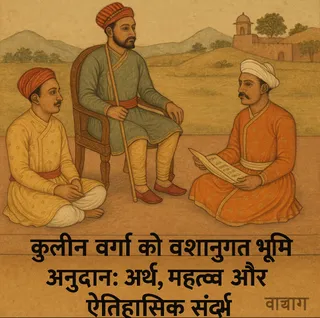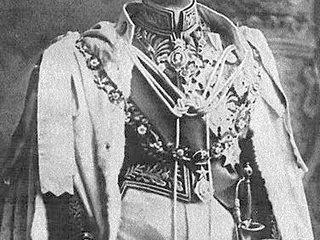The term "Kulīn Ko Vanshanugat Bhumi Anudan" refers to a system of hereditary land grants bestowed upon individuals belonging to the Kulīn (high-caste) community in certain regions, historically in Bengal. This system significantly influenced land ownership patterns and social structures. Understanding its intricacies requires examining its historical context.
Historical Context and Origins
The precise origins of this system are complex and debated among historians. It's often linked to the evolution of the Zamindari system under British rule in Bengal. While not explicitly established as a formal, codified system, the practice of preferential treatment for high-caste landowners in land allocation and inheritance existed for centuries.
Impact and Consequences
The 'Kulīn Ko Vanshanugat Bhumi Anudan' system contributed to the concentration of land ownership in the hands of a select few, reinforcing existing social hierarchies. This concentration exacerbated existing inequalities and fueled land disputes. Further research is needed to fully understand its long-term effects on rural economies and social relations.
Further Research
To delve deeper into this topic, it is recommended to consult scholarly articles and books on the history of land ownership in Bengal, focusing on the Zamindari system and its effects on caste dynamics. Specific keywords for further research include: "Bengal land tenure," "Zamindari Abolition," "Caste and land ownership in Bengal."





















